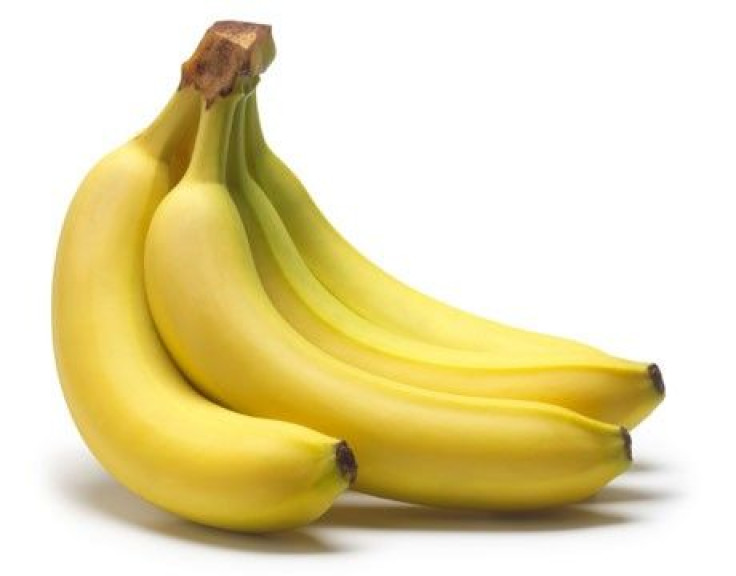You Need to Pay $380 Extra to Eat Healthy Food in US

Eating junk food increases calories, but eating healthier food will increase your monthly food bill.
A new study reveals that eating healthier food can cost almost 10 percent extra from your wallet.
Researchers at the University Of Washington School Of Public Health, keeping in mind the nation's revised federal dietary guidelines surveyed more than 1,000 King County residents on their eating habits and how much they spend monthly on it.
Researchers matched the prices of the Washington’s largest chain of supermarket. The chain included Albertsons, Safeway and Quality Food Centers on the basis of food consumption and how much it might cost to trade out some of the sugar-smoother and fatty foods for the fresh fruits.
Researchers while surveying also looked at the impact of the revised dietary guidelines, which recommend eating more potassium, dietary fiber, vitamin D and calcium, and avoiding saturated fat and added sugar.
The U.S. dietary guidelines are revised every five years and the guidelines are formed on the basis of school-meal programs, Meals on Wheels for the elderly and other nutrition programs.
Researchers in an article in Health Affairs published on Thursday reported that eating more potassium, the most expensive of the four nutrients, can add $380 to the average person's yearly food costs.
The people surveyed, had an average daily intake of 2,800 milligrams of potassium, 700 milligrams short of what the new guidelines recommend.
The study found out that buying enough fresh fruit to bridge the gap alone would cost the average person an additional $380 a year, whereas the average intakes of vitamin D and fiber would add about $250 a year.
According to the U.S. Department of Agriculture, Americans spend about $4,000 on food each year.
The survey study released on Thursday shows that: People who ate junk food paid the less for groceries but they were the furthest from meeting the recommended intake of healthful nutrients and people who spent the most on groceries ate the healthiest food.
“The government should consider the economic impact of food guidelines,” Pablo Monsivais, acting assistant professor at the University of Washington and one of the study's authors, said.
"We know that dietary guidelines aren't making a bit of difference in what we eat and our health overall. And I think one missing piece is that they have to be economically relevant," Monsivais added.
"They emphasize certain foods without much regard for which ones are more affordable," he said.
More than one-third of children and two-thirds of adults in the United States are overweight or obese, reports said.
The study also found out that eating dietary fiber and vitamin D is more expensive.
Monsivais said when talking about eating more fruits and vegetables, the government should also mention the most cut-price options. For example, bananas and potatoes are the cheapest sources of potassium.
"(Guidelines) should tell people where you get the most bangs for your buck," he said. "By putting the economic dimension on dietary guidelines, it would be very helpful for those on the economic margins, but also for everyone ... trying to save money in the current economy."
© Copyright IBTimes 2024. All rights reserved.











